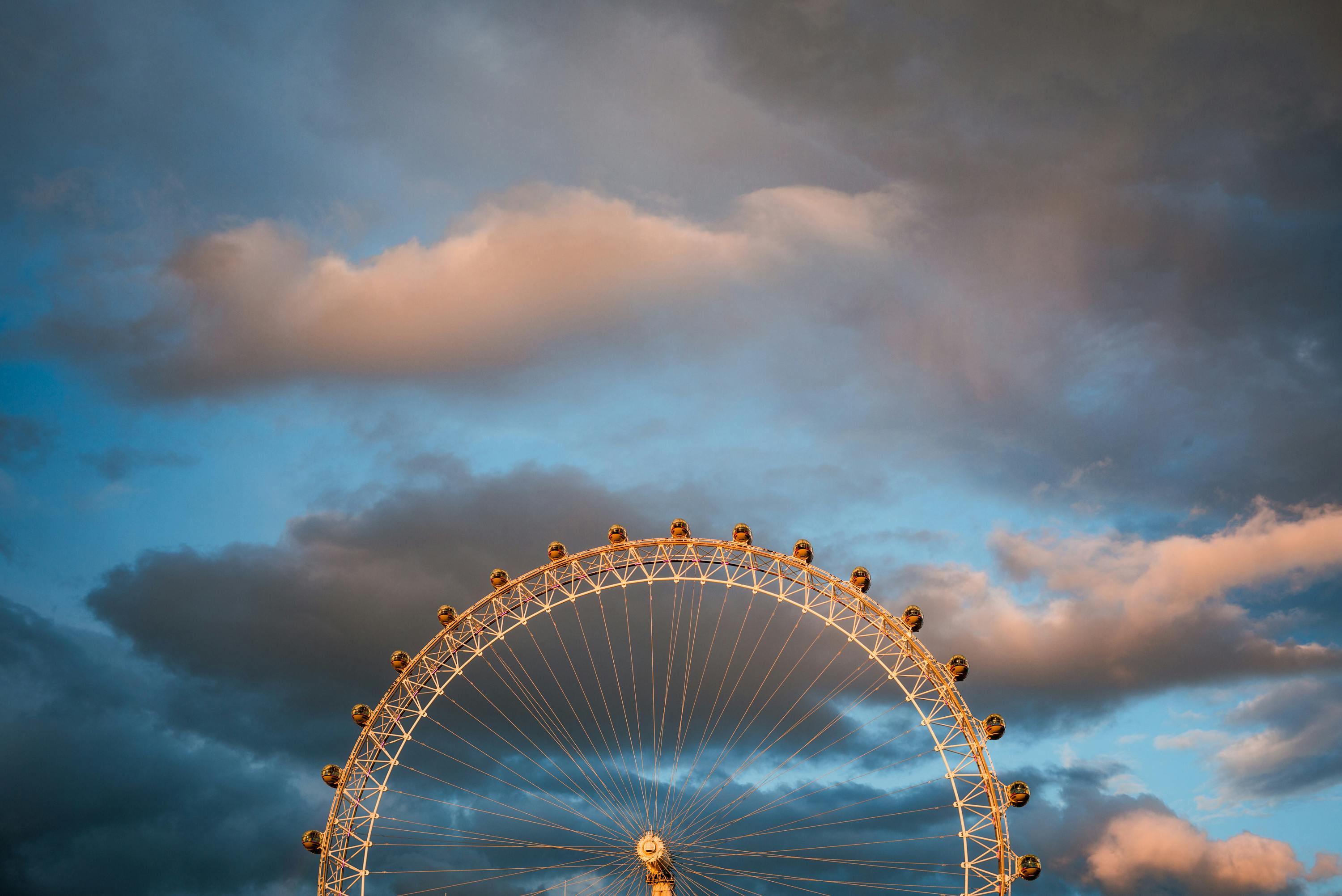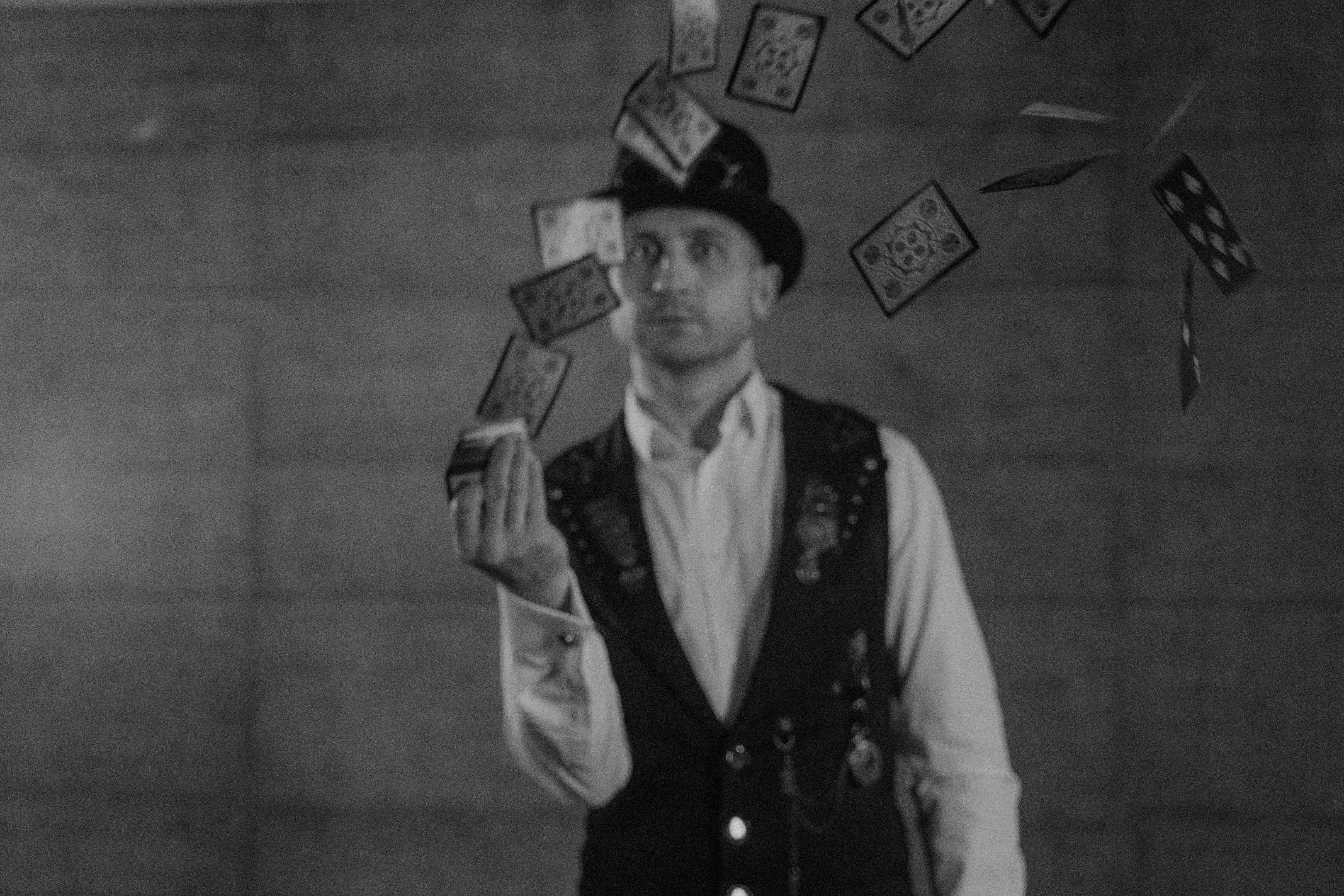If you are a collector of classic scale racing sports cars, a great theme for your collection is the classic Italian race car Mille Miglia or “thousand miles”.
There are many models available of the cars that participated in the race during its thirty years of life between 1927 and 1957 and of the cars that were inspired by it. Surprisingly, the Mille Miglia was held on open public roads, which was very dangerous, but had the advantage of bringing together the thrill of a high-speed car race, the beauty and elegance of the cars, the wonderful scenery of the Rural Italy and Italian. people lining the roads to watch.
The founders of the race wanted to give a boost to the early Italian car industry by bringing the cars onto local roads so that people could see them up close and demonstrate the durability and reliability of the cars in a long race. The race course ran between the city of Brescia and the city of Milan and back via a different route. The length was 1,600 kilometers, which was roughly 1,000 miles, hence the name. Although Italians measure distance in kilometers, it was thought that using the word “miles” evoked the bygone glories of Roman times: Romans measured distance in miles.
In 1949 a new way of numbering the cars in the race was introduced. Slower cars with smaller engines, such as the Fiat 500 and the Renault 4CV, began leaving Brescia at one-minute intervals starting at 9 p.m. The cars would go out all night until the most powerful ones would go out the next morning. The car number was the time it left Brescia, so for example a car leaving at 7:22am would have the number 722 and one leaving at 10:30 the night before would have the number 1030 This system made it easy for spectators to see how well the cars were doing in the race.
The Mille Miglia was one of the races that helped establish the reputation of the great touring car manufacturers such as Mercedes, Alfa Romeo and Ferrari. In fact, of the 12 races held before World War II, 10 were won by Alfa Romeo and of the 11 races held after the war, 7 were won by Ferrari. The first Ferrari was the Type 815 which was entered in the 1940 Mille Miglia. After the war, one of the first cars produced by this newcomer to the motoring scene was the Ferrari 166 which won the 1949 Mille Miglia. To celebrate the victory, a Ferrari 166 MM (Mille Miglia) was built and won the race in 1950. In 1955, British racing driver Stirling Moss won the race in a Mercedes 300SLR at an incredible average speed of 97.96 mph (157.65 km). /h) an amazing feat when you remember that this was on public roads and at a distance of 1,000 miles.
After World War II, the Italian auto industry found a newfound confidence and enthusiasm that spawned many small racing car manufacturers known as the “etceterinis” who were eager to enter races like the Mille Miglia. They based their cars on Fiat components for the most part, but built cars with very individual personalities. These manufacturers died out in the 1970s, but the cars remain popular with enthusiasts, particularly in the US Cisitalia made the legendary Pnin Farina-designed 202 coupe, which was considered so avant-garde and influential on all other Cisitalia designs. automobiles that became part of the permanent collection of the Museum of Modern Art in New York. Abarth started out as one of these independent manufacturers until it was taken over by Fiat and became its in-house performance car department. Other notable etceterinis were Stanguellini and Nardi.
Of course, the idea of running a high-speed race on public roads was deeply flawed. It was banned once just before World War II due to a serious accident that killed 10 people. Tragedy struck once again in 1957 when two separate accidents killed 13 people and the Italian government stepped in to ban the race forever. Yet somehow the spirit of the Mille Miglia had taken root in Italian and motorsport culture and was not going away. There is now an annual classic car rally that continues the Mille Miglia tradition for cars made in the racing period between 1927 and 1957.
Mille Miglia model cars can be found at good miniature vehicle stores like Golden Age of Motoring. Starline is a model manufacturer that has produced many excellent precision models of Mille Miglia cars in 1/43 scale, including etceterinis such as Cisitalia and Stanguellini. Various model makers have interpreted the Mercedes 300SLR and Ferrari 166MM and there are also a number of inexpensive Mille Miglia car models to be found if you look closely.



